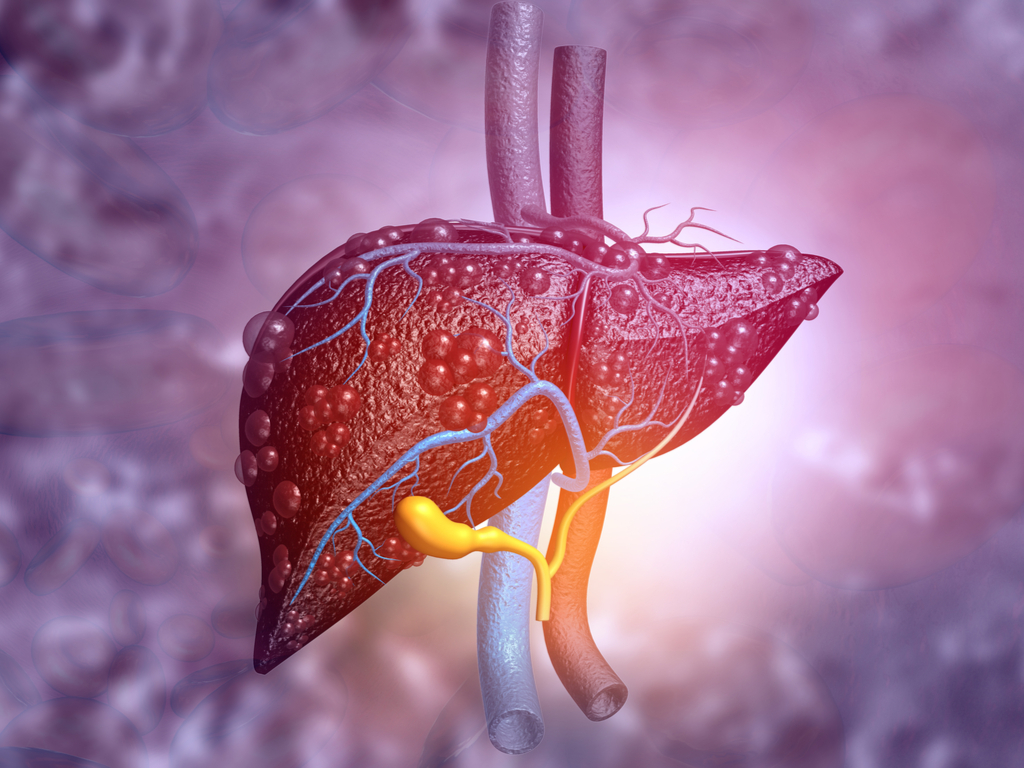When you purchase through link on our web site , we may realise an affiliate commission . Here ’s how it work .
Scientists come up a gold mine of bacterium almost two geographical mile beneath theEarth’ssurface .
The subterraneous micro-organism , a partitioning ofFirmicutesbacteria , use radioactiveuraniumto convertwatermolecules into useable push . Uranium is an element contained within the Earth ’s Earth’s crust and is an abundant source of energy .

The dark shaft of the Mponeng mine in South Africa.
The presence of such terrestrial organism raises the potential that bacterium could live beneath the surface of other planet such asMars .
The researchers find the bacterium when they learned of a water - satisfy fracture [ image ] in a South Africangoldmine near to Johannesburg . Upon sampling the water they noticed something leftover .
The piddle containedhydrogenand hydrocarbons that form when water exposed to radiation from rock check uranium break down . The long time of the water and analysis of the microbe let on that these bacteria parted from their control surface congenator some three to 25 million years ago .

" We experience how isolated the bacterium have been because our analyses show that the water they exist in is very sometime and has n’t been diluted by surface weewee , ” said lead author Li - Hung Lin , from National Taiwan University . “ In addition , we chance that the hydrocarbon in the local surroundings did not add up from living organisms , as is usual , and that the source of the hydrogen needed for their respiration come from the decomposition of piss by radioactive disintegration of atomic number 92 , Th and potassium . "
Scientists still do n’t live how surfaceFirmicutesmanaged to make a home for themselves so deep in the Earth . However , they function interchangeable to photosynthetic organism that beguile sunlight and turn it to energy for other being . This means thatFirmicutescould support other microbial communities with the vigour acquired from uranium .
" It is potential that communities like this can get themselves indefinitely , present enough input from geologic processes , ” say study co - author Douglas Rumble , a scientist from the Carnegie Institution . “ Time will severalize how many more we might find in Earth ’s crust , but it is specially exciting to meditate whether they exist elsewhere in thesolar system . "

The study is detail in the Oct. 20 take of the journalScience .
















